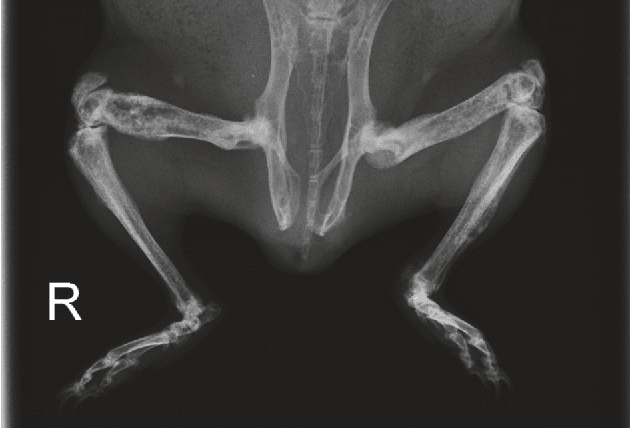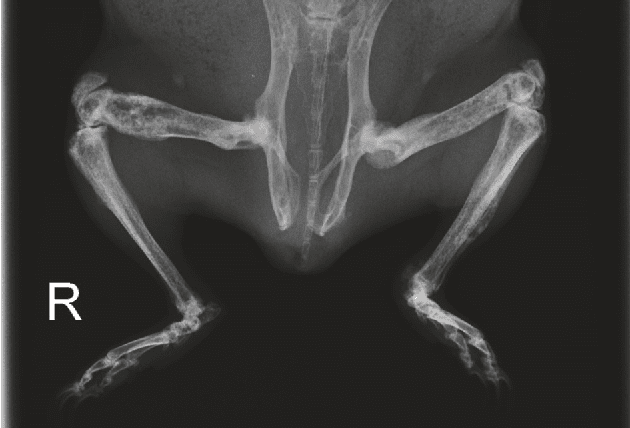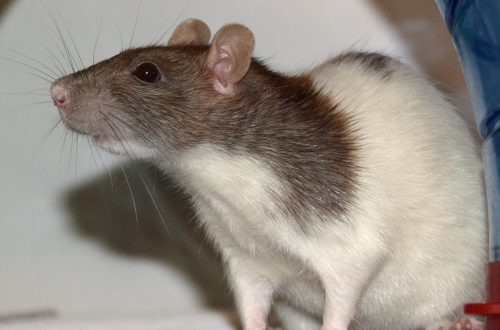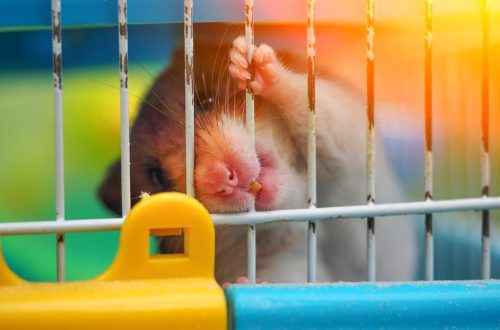
Osteodystrophy in satin gilts
Satin pigs have a recessive factor that gives the coat a brilliant sheen. Satin hair is thinner than usual in diameter. These pigs arrived in 1986 from America and are bred because of worldwide love in all breeds for coat textures.
Unfortunately, in recent decades, sateen gilts have come under scrutiny due to the increased incidence of fibrous osteodystrophy.
Fibrous osteodystrophy is an incurable disease of bone tissue metabolism. Due to the reduced amount of calcium in the blood (of unknown nature), the bones of the entire skeleton are destroyed and deformed.
Fibrous osteodystrophy in guinea pigs is poorly understood. Doctors from various countries are trying to identify the causes of the disease in satin gilts.
Satin pigs have a recessive factor that gives the coat a brilliant sheen. Satin hair is thinner than usual in diameter. These pigs arrived in 1986 from America and are bred because of worldwide love in all breeds for coat textures.
Unfortunately, in recent decades, sateen gilts have come under scrutiny due to the increased incidence of fibrous osteodystrophy.
Fibrous osteodystrophy is an incurable disease of bone tissue metabolism. Due to the reduced amount of calcium in the blood (of unknown nature), the bones of the entire skeleton are destroyed and deformed.
Fibrous osteodystrophy in guinea pigs is poorly understood. Doctors from various countries are trying to identify the causes of the disease in satin gilts.

To study this phenomenon, the term “satin guinea pig syndrome” (SGPS) was proposed, because, according to scientists, about 38% of satin guinea pigs suffer from this syndrome.
Satin Guinea Pig Syndrome (SGPS) is more common in young animals and can present as:
- dental anomalies,
- bone deformities,
- osteopeniculation,
- pathological fractures,
- elevated alkaline phosphatase,
- mild to moderate hypocalcemia,
- normo- and hyperphosphatemia,
- low weight
- motor dysfunctions.
Since with crossbreeds (satin + normal wool: pigs are carriers of the factor, but it does not appear outwardly), there was no confirmation of cases of the disease, the cause is considered genetic, since the disease occurs only with a pure satin gene. The study is being delayed due to a lack of funding for DNA tests. In the studied sick pigs, the lack of vitamins and minerals in the feed is completely excluded. Supplementing the diet with minerals can neither prevent nor stop the disease.
To study this phenomenon, the term “satin guinea pig syndrome” (SGPS) was proposed, because, according to scientists, about 38% of satin guinea pigs suffer from this syndrome.
Satin Guinea Pig Syndrome (SGPS) is more common in young animals and can present as:
- dental anomalies,
- bone deformities,
- osteopeniculation,
- pathological fractures,
- elevated alkaline phosphatase,
- mild to moderate hypocalcemia,
- normo- and hyperphosphatemia,
- low weight
- motor dysfunctions.
Since with crossbreeds (satin + normal wool: pigs are carriers of the factor, but it does not appear outwardly), there was no confirmation of cases of the disease, the cause is considered genetic, since the disease occurs only with a pure satin gene. The study is being delayed due to a lack of funding for DNA tests. In the studied sick pigs, the lack of vitamins and minerals in the feed is completely excluded. Supplementing the diet with minerals can neither prevent nor stop the disease.
Symptoms of osteodystrophy in guinea pigs
The disease begins with weight loss (slow and constant), despite the fact that the animals initially eat normally. Then problems with eating begin (difficulties in chewing, until it is completely impossible to eat) and difficulties with movements (waddle instead of running, then lie down completely), the symptoms vary in different pigs (first problems with food and then with movements and vice versa). May start at the same time. If symptoms appear, x-rays are taken to make a diagnosis.
Blood tests are inconclusive. In osteodystrophy, the calcium content is reduced and the phosphate content is increased, but this varies depending on the diet.
The most significant clinical findings in osteodystrophy in guinea pigs are:
- bone demineralization,
- high levels of parathyroid hormone (PTH)
- normophosphatemia,
- normal ionized calcium
- low total thyroxine (T4) with normal kidney function.
The disease begins with weight loss (slow and constant), despite the fact that the animals initially eat normally. Then problems with eating begin (difficulties in chewing, until it is completely impossible to eat) and difficulties with movements (waddle instead of running, then lie down completely), the symptoms vary in different pigs (first problems with food and then with movements and vice versa). May start at the same time. If symptoms appear, x-rays are taken to make a diagnosis.
Blood tests are inconclusive. In osteodystrophy, the calcium content is reduced and the phosphate content is increased, but this varies depending on the diet.
The most significant clinical findings in osteodystrophy in guinea pigs are:
- bone demineralization,
- high levels of parathyroid hormone (PTH)
- normophosphatemia,
- normal ionized calcium
- low total thyroxine (T4) with normal kidney function.
Sick animals are recommended to be euthanized so that they do not suffer.
Sick animals are recommended to be euthanized so that they do not suffer.





